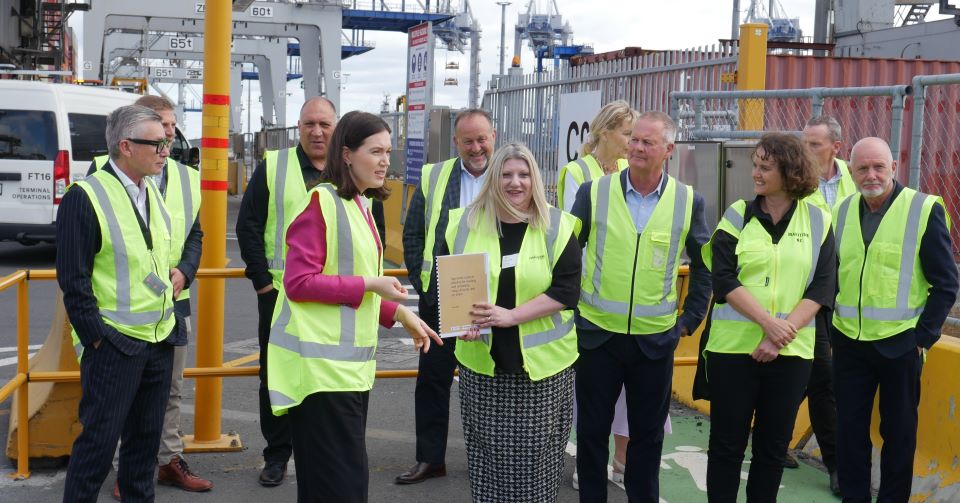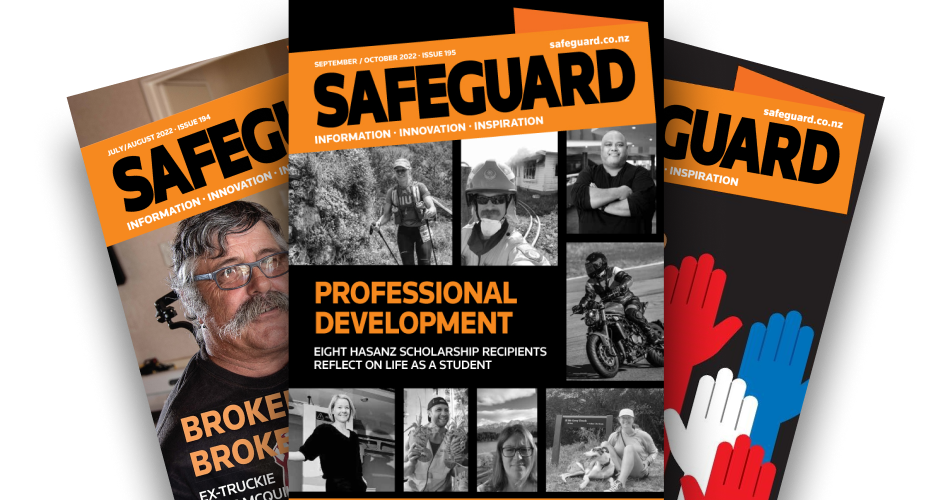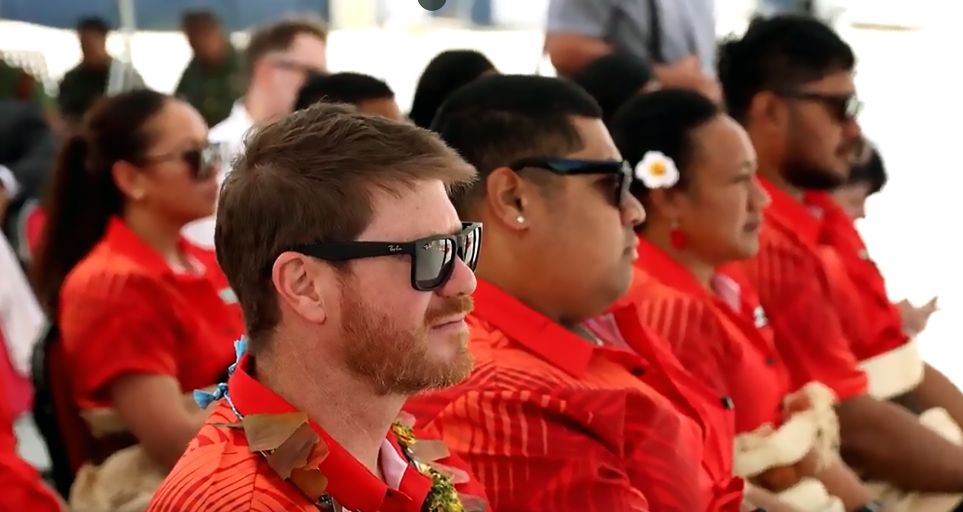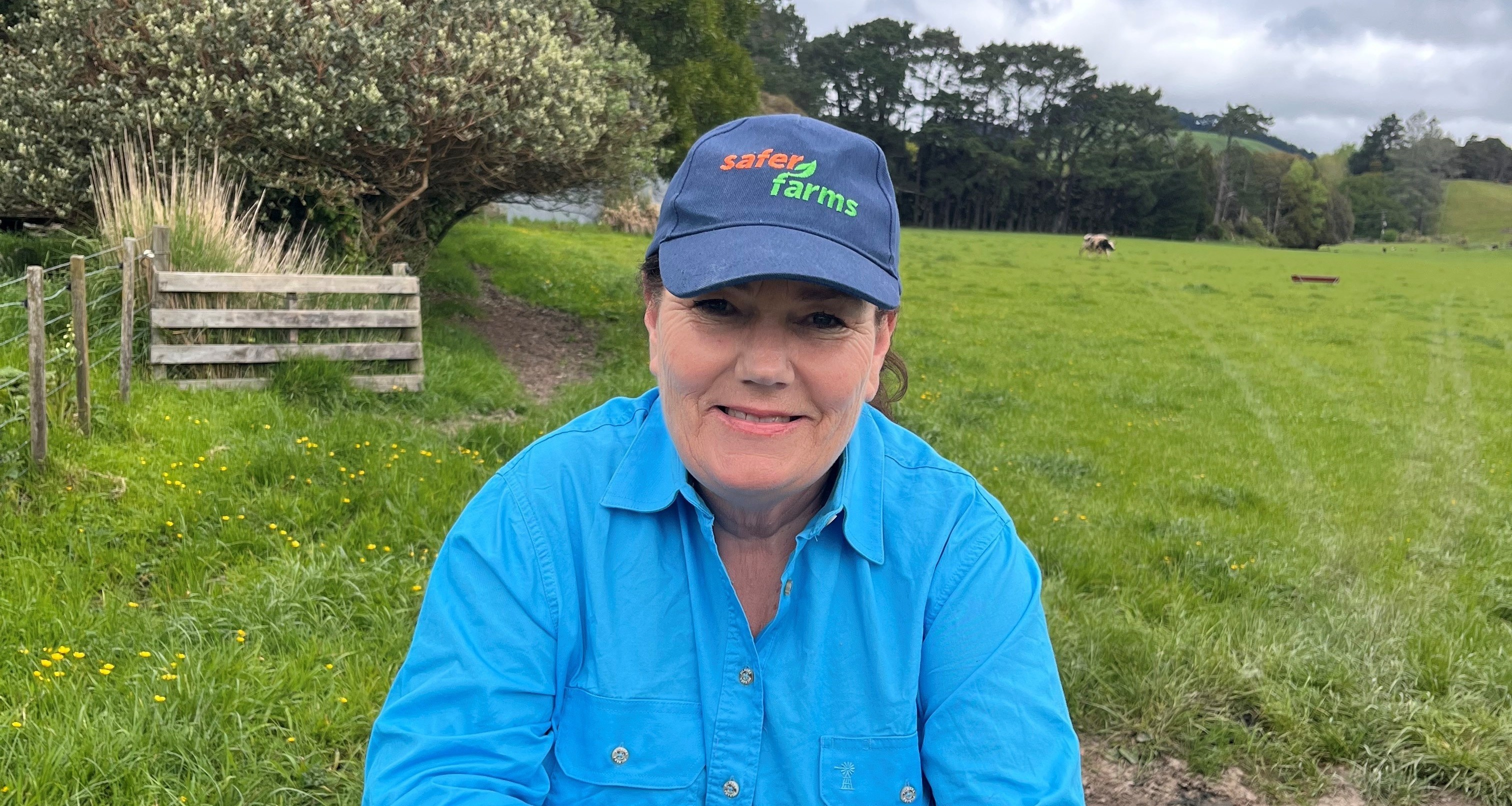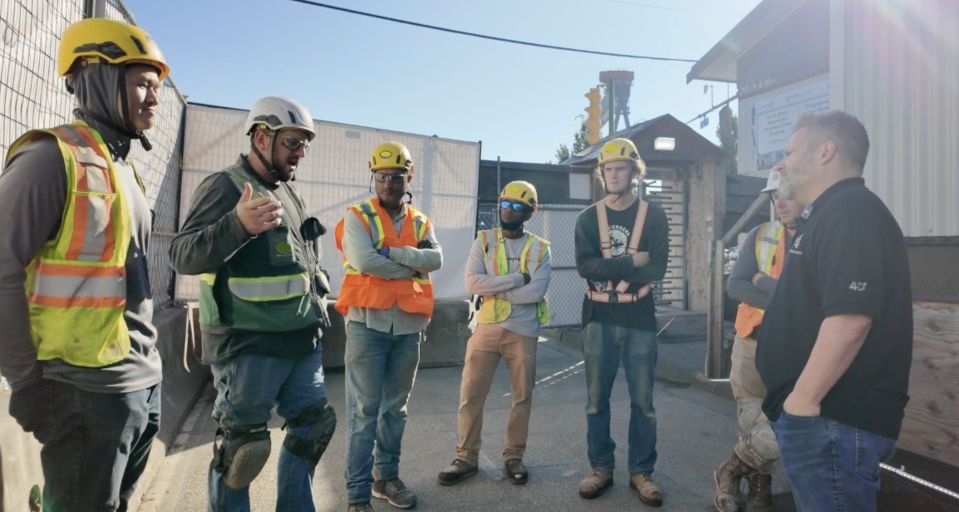Opening the launch event, Minister for Workplace Relations and Safety Brooke van Velden said businesses deserve health and safety regulation that is clear, cost effective and easy to comply with. “Sadly, the current system is not achieving the results New Zealanders would expect.”
Referring to the recently closed consultation process, she said she would have further updates early in 2025.
On the ACOP, she said it will ensure measures taken are meaningful rather than a tick-box exercise. “The ACOP shifts the focus from mere compliance to address the root causes of harm.”
Maritime NZ chief executive Kirstie Hewlett acknowledged the Minister’s approval of the COP and said that at the start of the journey there was a lack of trust between the regulator, the ports, the unions and the stevedoring companies, even a lack of agreement about why fatalities were occurring.
“We built bridges and trust. We built an action plan, including development of this code. We focused on areas where most people are injured and die.”
She said the process of co-design has been rewarding, bringing together a group of people with common goals and harnessing their wisdom so the ACOP reflects the real world. “We formed a group of subject matter experts and locked them all in a room to debate the harder details.”
The ACOP, she said, sets a consistent base standard while allowing for innovation. “I believe we have developed an ACOP that will make ports safer for everyone. Let’s continue this journey of collaboration.”
POAL chief executive Roger Gray recalled that the country’s 13 ports each have different ways of working and different operating models, resulting in complexity. “When two fatalities occurred within days of each other, the sector finally said enough is enough.”
He described the resulting collaboration – not only the ACOP but also on a common approach to worker fatigue – as a game-changer and commended Kirstie Hewlett on bringing a coaching approach to the regulator’s work, while always retaining its ability to prosecute.
“The ACOP sets the basis, it allows us to do better. There’s plenty more work to do… I am excited about the future because we are able to work more together now. Having good workplace relationships and safety is critical to New Zealand’s success.”
Carl Findlay, national secretary of the Maritime Union of NZ, thanked Roger Gray and Kirstie Hewlett and acknowledged that people had to set their differences aside to achieve the ACOP outcome.
“We didn’t get everything we wanted. It’s a work in progress. But when we come together we can achieve great things. Let that be a lesson. We will always have our blues but on health and safety there can be no compromise.”
Pat Kirk, chair of the Port Industry Association, said he’s been in “the safety game” for forty-odd years across several industry sectors and this is the first time he’s seen industry, unions and regulator come together so successfully.
“It’s unique, special, powerful. If we individually tried to achieve this we would have failed.”
Other sectors, he said, could usefully look at this model.
“The model has been set. It’s no longer industry vs unions vs regulator. It now feels weird not to include them, so it’s a sustainable model.”
